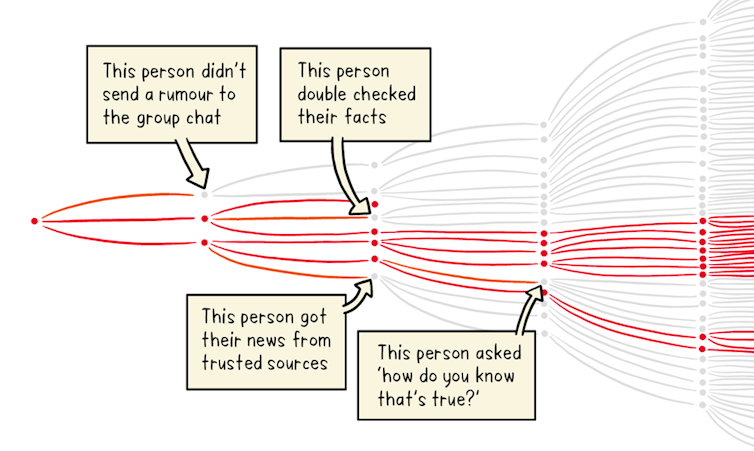In the past, my convention reports have included highlights of panels and other events, both those I participated in and those I attended as an audience member. This report will be different, for reasons that will soon become obvious.
Baycon is my
local speculative fiction convention (“speculative” encompasses science
fiction, fantasy, and horror), with programming that also includes fannish
pursuits, science, history, diversity, and other areas of interest, author
readings, and Regency dancing, crafts like knitting chain mail, and so forth. I’ve
been attending on a more-or-less regular basis since the mid-1990s. It’s not
only a fun convention but a chance to meet up with friends whom I don’t often
see.
This convention,
however, was different. For the past few years, Baycon programming has invited
potential panelists to write up topics and list folks they’d like to include,
then the entire proposal is either accepted or passed on (aka, rejected). This
means more work for anyone wanting to be on a panel since you need to not only write
a bang-up description but figure out who you know that would be at Baycon and
have juicy things to say. Hence, much less work for the programming committee.
Also, more predictable panels by restricting the pool of panelists. I’m not a
fan of the system, as you can tell. I’ve loved being assigned panels with folks
I don’t know who then turn out to have fascinating and often unexpected
things to say. I’ve also made some great writing friends that way.
It is an understatement to say that this year, the process did not go smoothly. I was invited, I submitted two panels with panelists, and I waited. I queried and was told to be patient. Somehow, perhaps because I checked last year’s email verifying that my proposals had been accepted, I arrived under the impression that all was well and expecting to receive my schedule. Nope, no such schedule existed. The poor volunteers at ProgOps (Programming Operations)! I asked if I could be added to an existing panel. At this point, the head of programming arrived and, after many apologies for the shortcomings of their software and assurances that I was by far not the only author in my situation (hotel room booked, reporting for schedule, etc.), offered to add one of my panels for the following evening: Science Fiction as the Literature of Resistance, at 9:30 pm Saturday. Okay. They’ll try to contact the other panelists to make sure they know it’s been added. Since I was planning on seeing most of them, I could do this myself. In addition, they’d added genre luminary Larry Niven to the panel. Oh, my. Talk about name recognition.




